I recently read Identical Strangers: A Memoir of Twins Separated and Reunited, by Paula Bernstein and Elyse Schein, a book that I have been interested in for a long time. It is about identical twin sisters who were separated as infants and adopted by different familes. They did not learn about each other's existence until they were in their mid-30s, when one of them sought information about her birth mother. The book opens as the two learn of each other, and, through alternating voices, tells the story of their reunion and their quest to discover the truth about their mother and the circumstances behind their adoption.
Paula and Elyse ultimately learn that the agency that separated them as infants did so for two reasons – first, because it believed that twins fared better apart when they were adopted; and second, because separating twins as infants gave doctors a unique opportunity to study the role of nature vs nurture in a controlled setting. By studying the twins after they were born (often without telling the truth about the study to the adoptive parents, most of whom had no idea that they had adopted a twin), researchers were able to study the impact of environment and upbringing on child development, compared with genetics. In a cruel twist, the twins used in these studies were often the children of mentally ill parents, and many of them inherited mental illnesses like schizophrenia, complicating what was often already an emotionally difficult life.
This was a fascinating book in so many ways. I have twin girls, and while they are not identical, I am always interested in twin relationships and how the unique bond twins share impacts their personalities and identities. This book did not disappoint. Paula and Elyse are very candid abut their own ambivalence (at times) about being a twin, and are refrshingly honest as they talk about the development of their feelings for each other, which didn't necessary happen at the same pace.
In this day and age, it's impossible to imagine an adoption agency separating twins, especially for the purpose of research. Reading about it happening in the 60s (to many twins, not just to Paula and Elyse), especially at an exclusive adoption agency that catered to upscale Jewish families, is chilling. Paula and Elyse's shared outrage about the childhood bond they missed out on is moving, and I found this ugly chapter in the history of adoption practices in this country to be particuarly disturbing.
While I found the book a little repetitive at times, I think its editor deserves a lot of credit for deftly weaving two distinct voices telling two sides of the same story, often alternating on the same page. I enjoyed learning about each development through both women's eyes, rather than having alternating chapters covering larger chunks of time.
I don't want to give away too much here, so I won't reveal any more about what the book concludes about nature vs nurture or what the women learned about their birth mother. These answers are best revealed to readers who have gotten to know Paula and Elyse and have been drawn in by their remarkable story.


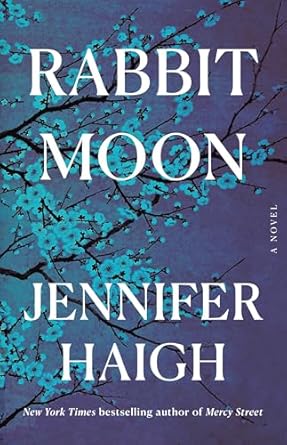

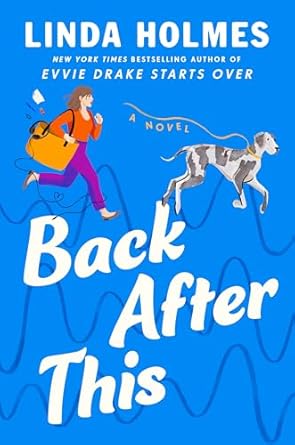

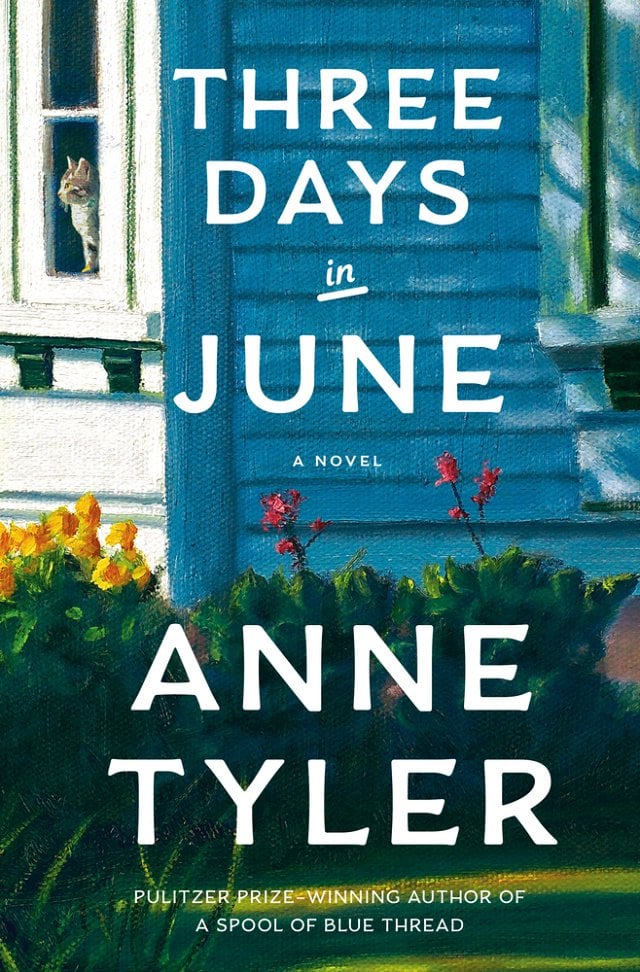

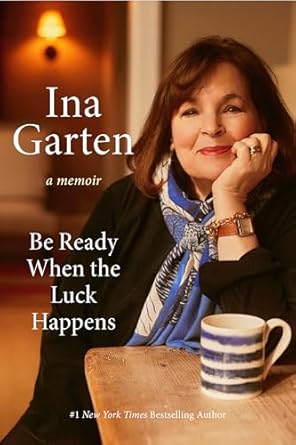
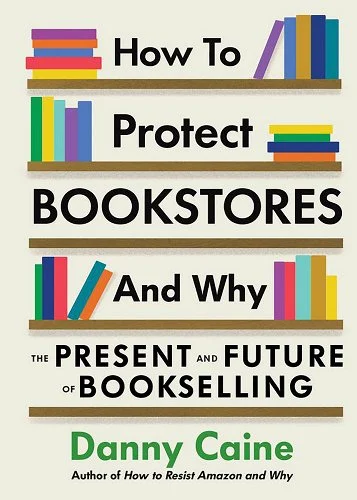
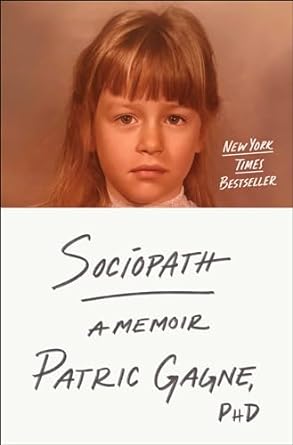
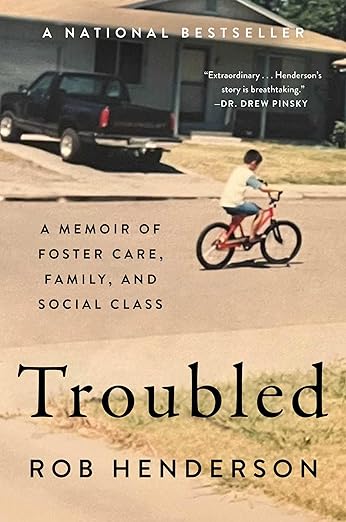
About Me
I have been blogging about books here at Everyday I Write the Book since 2006. I love to read, and I love to talk about books and what other people are reading.